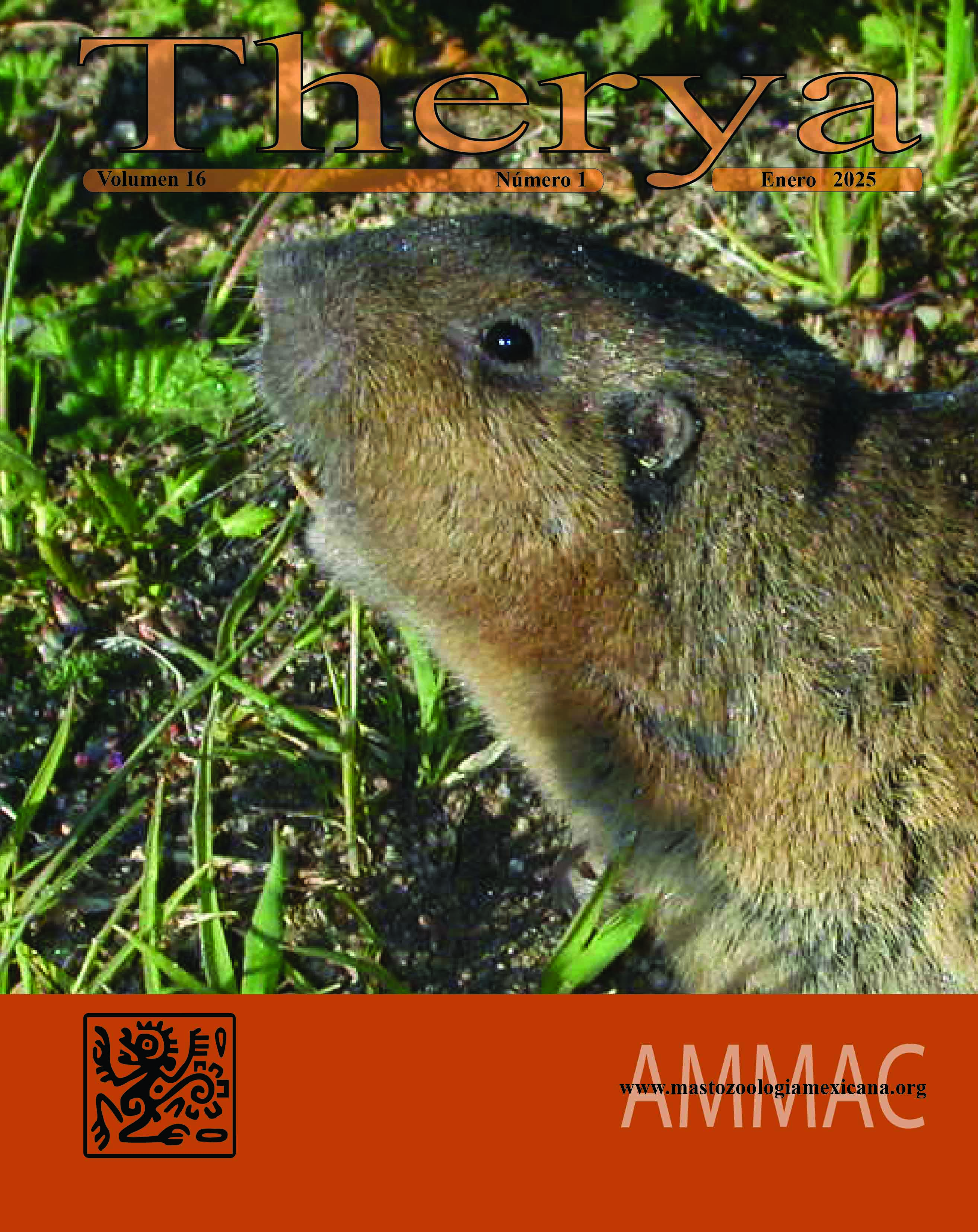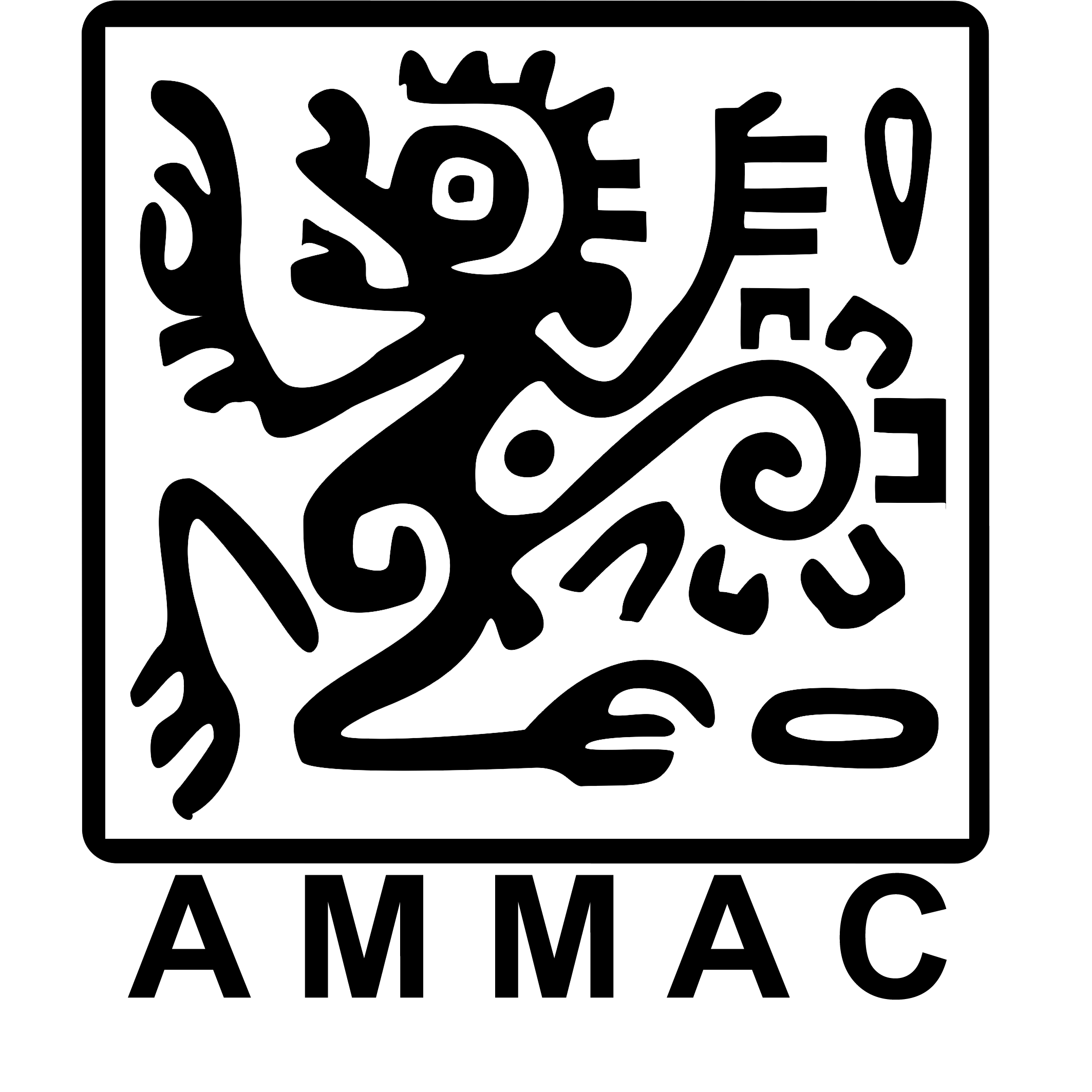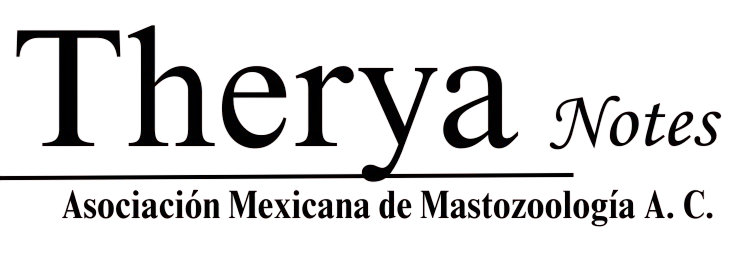Wildlife disease surveillance from village to peak: Trypanosome infections of mammals on Sulawesi revealed higher prevalence in intact montane forests
Palabras clave:
Muridae; kinetoplastid; 18S ribosomal DNA (rDNA); parasite; prevalence; rodent; Trypanosoma; shrews; One Health.Resumen
Zoonotic diseases, including those carried by mammalian hosts, pose a significant threat to human health worldwide and substantial investment in wildlife disease surveillance is aimed at identifying the risk of spillover from wildlife to human populations where they interact. However, host species diversity is highest in the most intact habitats away from human habitation and most of the potential host species within these habitats are unsampled for infections. This is particularly true in biodiverse tropical ecosystems where the prevalence and identity of infections are the least known. We screened for presence of trypanosomes in 2,335 specimens from 66 species of rodents and shrews sampled from 11 mountain areas on the tropical island of Sulawesi, Indonesia. Our sampling spanned from the edge of human occupation into the most intact forests available on the island with sampling elevations ranging from 220 to 2,700 m. The two most common Trypanosoma species we detected were a native species from the Theileri clade (19.0 % of samples) and an introduced species from the Lewisi clade (5.1 % of murid rodent samples). Both species were detected at all elevations, extending from village edges to mountain peaks, but both reached their highest prevalence above 2,000 m elevation in the most intact forest away from human habitation. If these patterns with trypanosome infections are typical of other zoonotic diseases, wildlife disease surveillance would need to shift resources to study host-pathogen dynamics in more remote ecosystems. Sampling focused on the breadth of biodiversity, such as collected by and housed in natural history collections, is needed to further our understanding of zoonotic diseases and their prevalence.
Descargas
Descargas
Archivos adicionales
Publicado
Cómo citar
Número
Sección
Licencia
La revista THERYA, con base en su política de acceso abierto, permite descargar en forma gratuita el contenido completo de la revista en formato digital. También autoriza al autor a colocar el artículo en el formato publicado por la revista en su sitio web personal, o en un repositorio de acceso abierto, distribuir copias del artículo publicado en formato electrónico o impreso a quien él considere conveniente, y reutilizar parte o la totalidad del artículo en sus artículos o libros futuros, dando los créditos correspondientes. Se utiliza la licencia Creative Commons CC BY-NC-SD. La que se especifica en las publicaciones.










